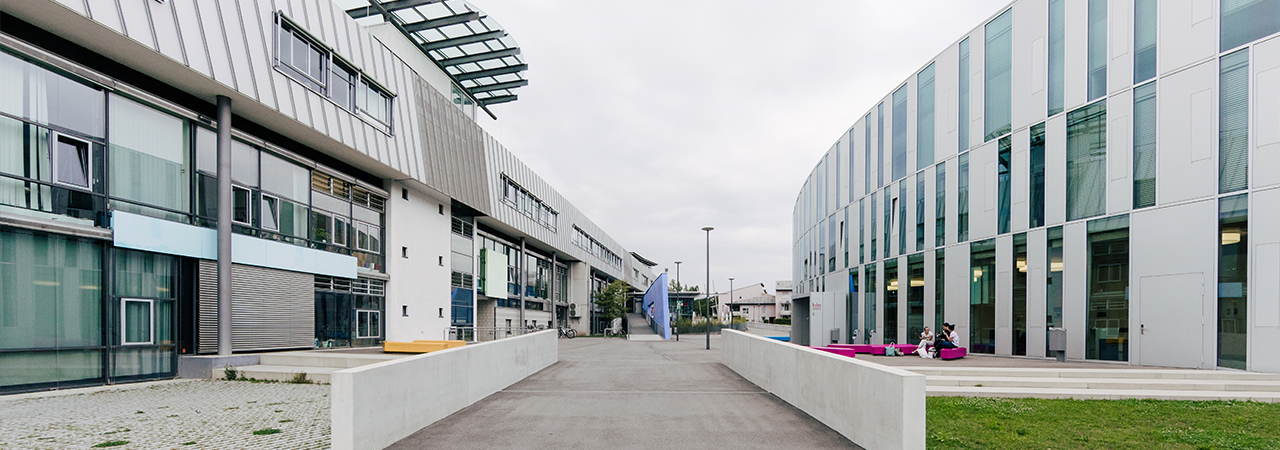Completed Research Projects of the IXD Group
2015 - 2018 3D-GUIde More dimensions, more possibilities! The development of simple and intuitive 3D software is challenging terrain - whether for the desktop or in the areas of virtual and augmented reality. The development of intuitive 3D software is a challenge especially for small and medium enterprises, because there are no generally valid standards. The project 3D-GUIde wants to support these enterprises. Interaction patterns and relevant design guidelines have been developed to increase the competitiveness of small and medium enterprises. The project 3D-GUIde was run from 2015 to 2018 by a consortium of research (Institute for Human-Computer-Media of the University of Würzburg, Information Experience and Design Research Group of the University of Media), industry (Industrielle Steuerungstechnik GmbH, RE'FLEKT GmbH, IPO.Plan GmbH, eparo GmbH) and an association (Virtual Dimension Center). An industrial advisory board also supported the project over the entire term. Parts of the developed interaction patterns originated from prototyping with and for certain companies in the 3D area, such as ISG or Re'flekt, but also independent from companies with the focus on finding solutions where none existed. The solutions developed in prototyping as well as existing interaction solutions in various 3D software have been scientifically evaluated. In order to make the intuitive operationality of interaction concepts measurable, a newly developed evaluation method was used. With a total of 139 participants with different levels of knowledge, the various interaction concepts were tested in order to gain insights about good solutions and current problems regarding the interaction. More about the process of developing the patterns can be found on the website ("About us"). The results of the project 3D-GUIde are openly accessible via the website www.3d-guide.net. These include interaction patterns for interactions in 3D software, both for the desktop and augmented reality and virtual reality systems, concepts for positive experiences when using 3D interfaces ("UX patterns") and guidelines for the design of intuitive 3D interactions ("Design Guidelines"). In addition a workshop which is based on the results of the project will be offered to help you find the best way to make your software more user-friendly. For further information please visit our project website: www.3d-intuitiv.de


 2014 - 2017
2014 - 2017Design4Xperience Since the beginning of 2014 the project team of Design4Xperience has been working on the question of how to support small and medium-sized software companies to successfully integrate positive user experience into their processes and products. The project will run until the end of 2016 and is financially supported by the Federal Ministry of Economics and Technology.
Until now the focus throughout software development has been on technical functionality and effective and efficient user guidance. Usability is about the avoidance of disturbances, obstacles, and stress. User experience refers to the feelings, emerging while using a product or service. Fundamental for a positive user experience is the satisfaction of human needs, e.g., competence or connectivity. Products with a positive user experience are used more often. They lead to a positive attitude toward the product and the producer. Furthermore positive user experience can increase users' motivation and their creativity while solving problems. For further information please visit our project website: www.design4xperience.de Digital Storytellings an innovative didactic approach for economics education The goal of this project ist to improve retail businss training by focusing a competency and action orientation. Learners should understand the importance of knowledge and the actual usage of both economic processes und structures for their future jobs. Using storytelling we want to labilize students emotionally to train their capability apply their knowledge in terms of a vocational action competency. Until December 2017 we will develop a concept for an transmedial story-based learning environment with several partners in retail business training. The concept will be implemented and evaluated with management assistants working in retail within their vocational training. The team at Stuttgart Media University is responsible for the scientific support and evaluation of the project itself and its results. 2016 Conception and Design of an instruction video The HdM is currently working on a project with Whirlpool in Schorndorf. Goal is to understand the process of critical parameter management and to create an informative instruction video. Critical Parameter Management is an engineering practice specifically aimed at maintaining the robustness of a system through detailed design and manufacturing. The video will be designed for engineers and aims to give an overview of the whole process.


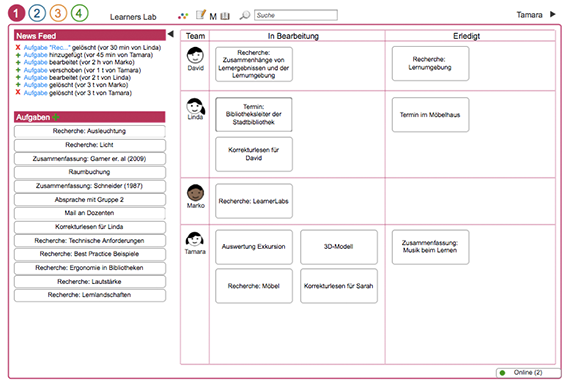 Groupware systems are all about sharing information which has become a challenge in many institutions.
Groupware systems support communication and cooperation in various companies. The existing products on the market
cover diverse fields and functions like reference management, interactive whiteboards or even platforms for providing and managing
a shared state of knowledge in a project.
At universities the collaboration of students, employees and professors is particularly important. In this context, systematic
literature search is one of the essential activities that require efficient collaboration. The aim of the CDRT study was to take a
closer look at the process of literature research and to develop a groupware system that supports group research. In the first part
of the study existing Groupware systems were analyzed and interviews with eight people (students, research staff, professors) who were
familiar with research activities were conducted. The interviews gave information about the demands that a groupware system should ensure.
Moreover, the interviews helped to shape a process model defining four stages of the research process in a group
Groupware systems are all about sharing information which has become a challenge in many institutions.
Groupware systems support communication and cooperation in various companies. The existing products on the market
cover diverse fields and functions like reference management, interactive whiteboards or even platforms for providing and managing
a shared state of knowledge in a project.
At universities the collaboration of students, employees and professors is particularly important. In this context, systematic
literature search is one of the essential activities that require efficient collaboration. The aim of the CDRT study was to take a
closer look at the process of literature research and to develop a groupware system that supports group research. In the first part
of the study existing Groupware systems were analyzed and interviews with eight people (students, research staff, professors) who were
familiar with research activities were conducted. The interviews gave information about the demands that a groupware system should ensure.
Moreover, the interviews helped to shape a process model defining four stages of the research process in a group
- Preparation (define research questions)
- Execution
- Acquiring and discussing the sources
- Writing
Shadow Robotic System for Independent Living (SRS)


Further information (some of it in German language):
[Project website]
[SRS robot demo video]
[NTV national TV program with SRS footage starting at 6:00min, June 2013]
[RegioTV broadcast on SRS user evaluation, March 2013]
[Spiegel.de robot video, March 2013]
[Newspaper article on SRS user evaluation, Stuttgarter Zeitung, March 2013]
[HdM press release on SRS user evaluation, March 2013]
[HdM news release on House of Lords event, Nov 2012]
[Interview on SRS project goals, March 2010]
[Interview on SRS progress]
2009 - 2013
Formative UX Evaluation Methodology

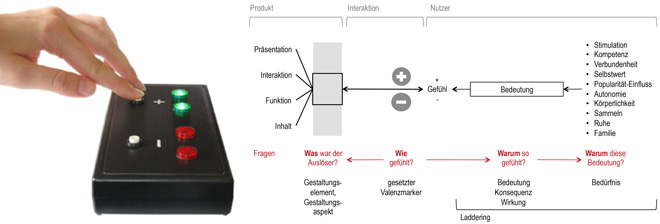
2011 - 2012
Enhancing Interconnectivity Through Infoconnectivity (IC-IC)

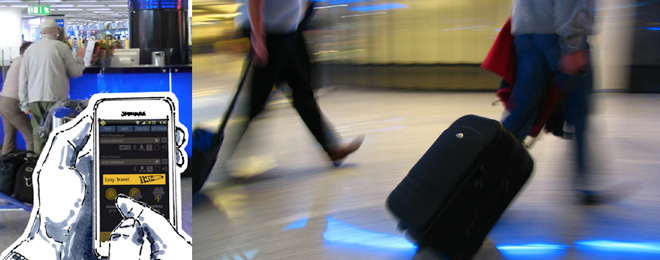
2007 - 2011
User Habits in Visual Scanning of Web Pages
In this project we investigated spatiotemporal patterns in attention shifts of users repeatedly visiting web pages.
[more on Tobii.com]

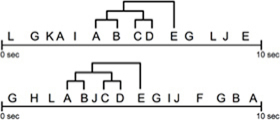
2011
Improving the User Experience of Mobile Phone Photography

2010 - 2011
Visual Rhetorics 2: Rules, Scope, and Rhetoric Zero


2010 - 2011
Emotional and Aesthetic Effects of Medical Equipment's User Interface Design

2009 - 2010
Theoretical Foundations, Reception, and Design of Interactive Information Graphics


2009 - 2010
User Experience Quantification

(Projects completed before 2010 not listed)

